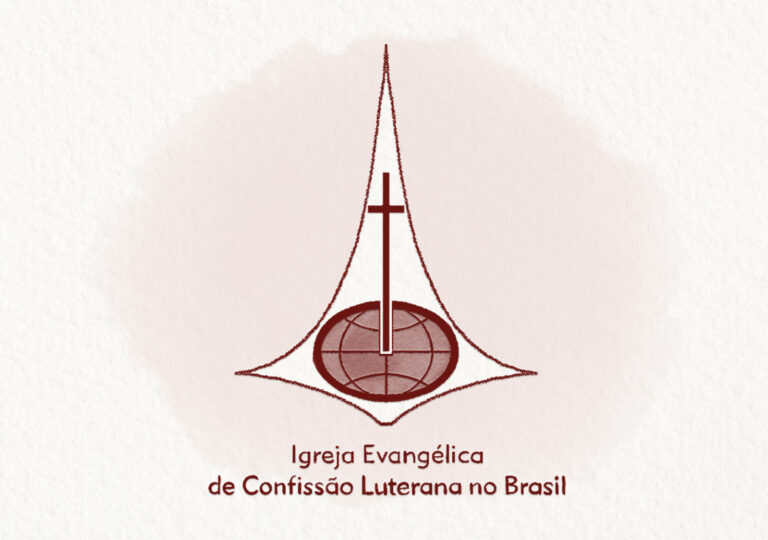
Reynoldo Frenzel (1938-2005)
Reynoldo Frenzel (1938-2005) HPD nº 256 e 414 Nasceu: 06 de fevereiro de 1938, em Porto Alegre/RS Faleceu: 04 de setembro de 2005 Reynoldo Frenzel freqüentou o Curso Intensivo para
Clique em “Ver mais” para ter a visão geral ou acesse diretamente os conteúdos através dos links abaixo.
Ver maisConheça as ênfases e atividades realizadas na Igreja Evangélica de Confissão Luterana no Brasil (IECLB).
Ver maisTenha acesso a conteúdos por temas e âmbitos de trabalho da Igreja Evangélica de Confissão Luterana no Brasil (IECLB).
Ver maisAcesse serviços e documentos da Igreja Evangélica de Confissão Luterana no Brasil (IECLB).
Ver maisConfira os eventos e os cursos oferecidos pela Igreja Evangélica de Confissão Luterana no Brasil (IECLB).
Ver maisFortaleça a fé com as Senhas Diárias, as Meditações Diárias e o Culto Nacional Online.
Ver maisFique por dentro do que acontece na Igreja Evangélica de Confissão Luterana no Brasil (IECLB).
Ver mais
Reynoldo Frenzel (1938-2005) HPD nº 256 e 414 Nasceu: 06 de fevereiro de 1938, em Porto Alegre/RS Faleceu: 04 de setembro de 2005 Reynoldo Frenzel freqüentou o Curso Intensivo para
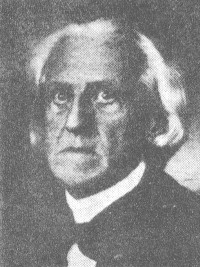
CHARLES CROZAT CONVERSE (1834-1918) HPD Nº 206 Nasceu: 07 de outubro de 1834, em Warren, Massachusetts. Faleceu: 18 de outubro de 1918, em Highwood, New Jersey. Sepultado no Bristol Cemetery,

James Gall (1808 – 1895) melodia de HPD 306 Rev. James Gall nasceu 1808 na Escócia. Faleceu 1894, com 87 anos de idade. James Gall era cartógrafo escocês que se

Schirmer, Michael (1606-1673) HPD nº 07 e 77 Batizado: 18 de julho de 1606, na Igreja de São Thomé, Leipzig, Alemanha. Faleceu: Aparentemente 4 de maio de 1673, Berlim, Alemanha.
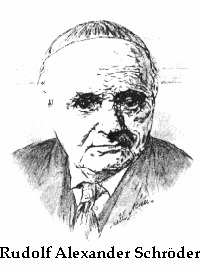
Rudolf Alexander Schröder (1878-1962) HPD nº 172 e 281 Rudolf Alexander Schröder, arquiteto, pintor, poeta e tradutor extraordinário. Nasceu: 26 de janeiro de 1878 em Bremen, Alemanha. Faleceu: 22 de
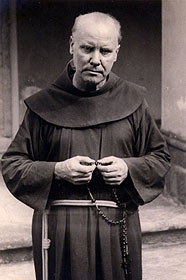
Pe. Pedro Sinzig, OFM (1876-1952) HPD nº 13 Nasceu 29 de janeiro de 1876 em Linz/Reno (Alemanha) Faleceu 08 de dezembro de 1952 em Düsseldorf (Alemanha) Os seus restos mortais

Bernhard Sydow (*1958?) HPD nº 253 Bernhard Sydow nasceu em 20 de fevereiro de 1958 como filho de um pastor da IECLB. Trabalha como músico. Só há um porém. Ele

Christa Weiss (*1925) HPD nº 284 Christa Weiss, nsc. Werner, nasceu 1925 em Essen-Werden (Alemanha). Em 1962 assumiu o cargo de professora para literatura e pedagogia na Academia Evangélica para

Johann(es) Zwick (1496-1542) HPD nº 273 Nasceu por volta de 1492 em Constança, e faleceu aos 23 de outubro de 1542 em Bischofszell, Thurgau, Suiça, em conseqüência de peste. Zwick
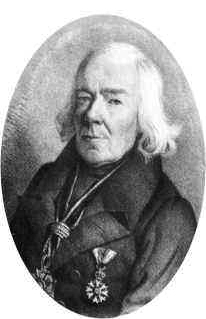
Christoph Daniel (von) Schmid (1768-1854) HPD nº 24 SCHMID, Christoph Daniel (von), sacerdote católico romano, escritor de literatura para jovens. Nasceu: 15 de agosto de 1768 em Dinkelsbühl, Francônia Central

Ämilie Juliane von Schwarzburg-Rudolstadt (1637-1706) HPD nº 233 e 292 Nasceu: 19 de agosto de 1637 em Heidecksburg, próximo de Rudolstadt/Saale (Alemanha) Faleceu: 03 de dezembro de 1706 em Rudolstadt.
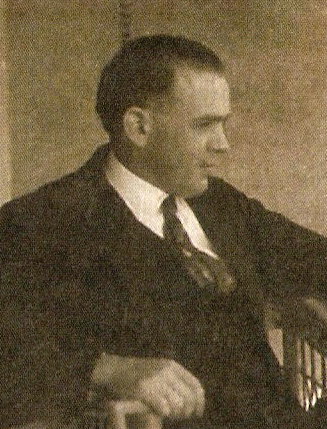
Heinz Friedrich Soboll (1904-1972) HPD nº 167 Nasceu: 7 de setembro de 1904 em Grünningsfeld/Gelsenkirchen, Alemanha Faleceu: 14 de dezembro de 1972 em Curitiba, PR. Heinz Soboll teve sua formação
Todas as notícias
Portal Luterano
We firmly believe that the internet should be available and accessible to anyone, and are committed to providing a website that is accessible to the widest possible audience, regardless of circumstance and ability.
To fulfill this, we aim to adhere as strictly as possible to the World Wide Web Consortium’s (W3C) Web Content Accessibility Guidelines 2.1 (WCAG 2.1) at the AA level. These guidelines explain how to make web content accessible to people with a wide array of disabilities. Complying with those guidelines helps us ensure that the website is accessible to all people: blind people, people with motor impairments, visual impairment, cognitive disabilities, and more.
This website utilizes various technologies that are meant to make it as accessible as possible at all times. We utilize an accessibility interface that allows persons with specific disabilities to adjust the website’s UI (user interface) and design it to their personal needs.
Additionally, the website utilizes an AI-based application that runs in the background and optimizes its accessibility level constantly. This application remediates the website’s HTML, adapts Its functionality and behavior for screen-readers used by the blind users, and for keyboard functions used by individuals with motor impairments.
If you’ve found a malfunction or have ideas for improvement, we’ll be happy to hear from you. You can reach out to the website’s operators by using the following email
Our website implements the ARIA attributes (Accessible Rich Internet Applications) technique, alongside various different behavioral changes, to ensure blind users visiting with screen-readers are able to read, comprehend, and enjoy the website’s functions. As soon as a user with a screen-reader enters your site, they immediately receive a prompt to enter the Screen-Reader Profile so they can browse and operate your site effectively. Here’s how our website covers some of the most important screen-reader requirements, alongside console screenshots of code examples:
Screen-reader optimization: we run a background process that learns the website’s components from top to bottom, to ensure ongoing compliance even when updating the website. In this process, we provide screen-readers with meaningful data using the ARIA set of attributes. For example, we provide accurate form labels; descriptions for actionable icons (social media icons, search icons, cart icons, etc.); validation guidance for form inputs; element roles such as buttons, menus, modal dialogues (popups), and others. Additionally, the background process scans all the website’s images and provides an accurate and meaningful image-object-recognition-based description as an ALT (alternate text) tag for images that are not described. It will also extract texts that are embedded within the image, using an OCR (optical character recognition) technology. To turn on screen-reader adjustments at any time, users need only to press the Alt+1 keyboard combination. Screen-reader users also get automatic announcements to turn the Screen-reader mode on as soon as they enter the website.
These adjustments are compatible with all popular screen readers, including JAWS and NVDA.
Keyboard navigation optimization: The background process also adjusts the website’s HTML, and adds various behaviors using JavaScript code to make the website operable by the keyboard. This includes the ability to navigate the website using the Tab and Shift+Tab keys, operate dropdowns with the arrow keys, close them with Esc, trigger buttons and links using the Enter key, navigate between radio and checkbox elements using the arrow keys, and fill them in with the Spacebar or Enter key.Additionally, keyboard users will find quick-navigation and content-skip menus, available at any time by clicking Alt+1, or as the first elements of the site while navigating with the keyboard. The background process also handles triggered popups by moving the keyboard focus towards them as soon as they appear, and not allow the focus drift outside it.
Users can also use shortcuts such as “M” (menus), “H” (headings), “F” (forms), “B” (buttons), and “G” (graphics) to jump to specific elements.
We aim to support the widest array of browsers and assistive technologies as possible, so our users can choose the best fitting tools for them, with as few limitations as possible. Therefore, we have worked very hard to be able to support all major systems that comprise over 95% of the user market share including Google Chrome, Mozilla Firefox, Apple Safari, Opera and Microsoft Edge, JAWS and NVDA (screen readers).
Despite our very best efforts to allow anybody to adjust the website to their needs. There may still be pages or sections that are not fully accessible, are in the process of becoming accessible, or are lacking an adequate technological solution to make them accessible. Still, we are continually improving our accessibility, adding, updating and improving its options and features, and developing and adopting new technologies. All this is meant to reach the optimal level of accessibility, following technological advancements. For any assistance, please reach out to

